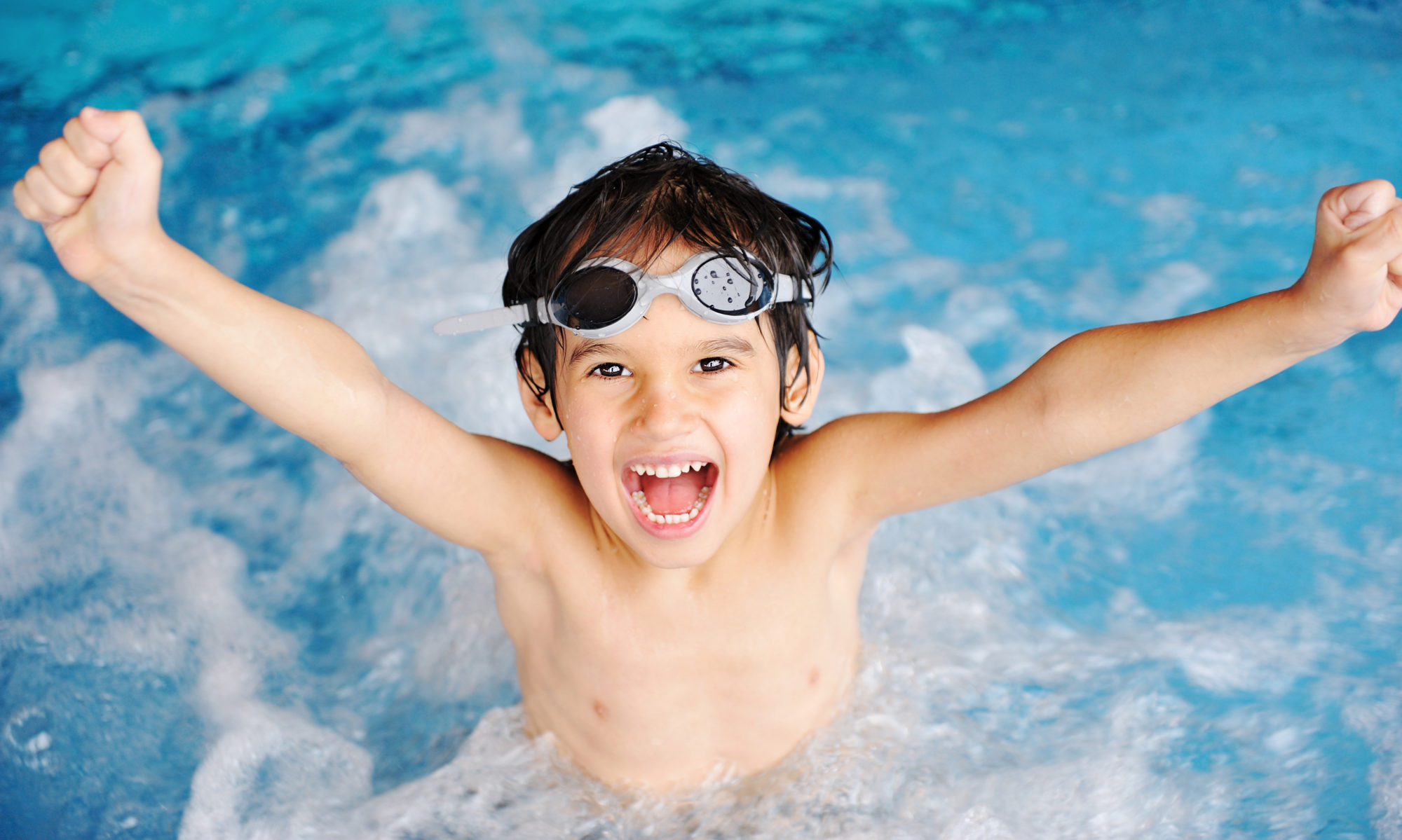The first step in working with any skill is explaining what you’ll be doing, in both simple and imaginative terms. How do you explain a skill in a way that works for kids?
Use imagination and visualization.
In some ways, your body in the water is like a fish. In other ways, it’s like a boat. In other ways, it’s like a dancer. When you’re completely submerged, you’re like a fish. When you’re swimming on the surface of the water, you’re like a boat. When you’re moving all of the parts of your body in coordinated motion, you’re like a dancer.
When fish swim, they’re graceful. They’re balanced. They’re slippery. They move efficiently, with each motion propelling them through the water. A well designed boat slices through the water, creating as little resistance and drag as possible. A dancer is aware of where each part of his body is in space.
As you teach your kids each new swimming skill, use these themes of a fish, a boat, and a dancer to help describe how the skill fits into the whole. If the ideas of fish, boats, and dancers don’t float your child’s, um, boat, you can tailor your themes to incorporate your kids’ interests. Dancers and gymnasts are great examples of coordinated motion. So are baseball, basketball, and hockey players. Fish slip gracefully through the water, but so do mermaids.
Use all of your child’s senses to teach.
What does a skill look like, feel like, sound like? Maybe your child can even associate a taste or smell with a particular skill. The more hooks you can use to capture your child’s attention and imagination, the more deeply he’ll learn the skill.
Boil it down.
Once you’ve discussed the concepts in all sorts of imaginative ways, be prepared to boil down what you’re teaching your child to do into just one or two words. The background ideas of fish and boats are a foundation for his interest and understanding. The simple instruction to “blow bubbles” or kick with “knees straight” will help your child to focus in the moment on exactly what he needs to do to learn the swimming skill you’re teaching him.
If your child expresses fear, try to reframe that fear as excitement and possibility. If that doesn’t work, don’t force him to try doing what he fears. Work towards it instead. Move on to demonstrating. Backtrack to practicing skills he’s already mastered if necessary and come back to your explanation of the new skill from a new angle.
What’s next? The next element of the pattern for teaching your kids a swimming skill is demonstrating and setting an example, but before we get into that, it’s time to take a break. Tomorrow’s Friday, and Friday is time to play.
